The motorcycle helmet that we wear has its own rich history that started almost 80 years ago. Today, any two wheeler cannot think of his ride without his or her helmet. It seems inseparable as it is the most important gear that helps keep us alive. However, helmets have their own history and people often did not know its use. Let us trace the development from its vintage leather skullcap era, to the modern-day carbon fiber and Kevlar masterpieces. So strap on and let’s take a ride into our history.
The origin of helmets
In the early 1900s when the first motorcycles came into the picture, they were merely “motorized bicycles”, build for convenient transport and the need for any head protection was unheard of. But soon enough, motorcycles became faster and were used in racing. As a result, many riders faced injuries. It was first in 1914, that a British physician Dr. Eric Gardner commissioned a shellacked canvas to protect a rider’s head. This is how the first helmet was born. Dr. Gardner knew the importance of his invention and pushed for its use in the Isle of Man TT, the premier motorcycle race of the day. Luckily, he was successful and the race organizers made head protection mandatory. This introduction saw a dramatic decrease in head concussions amongst racers as well.
But even this success, did not make the civilians excited. They felt ‘odd’ to wear a shell on their head while riding. Even then, as it is now, people wanted to look good while riding and so, the most they would opt for is padded leather caps. They made the riders look good and the riders felt it was enough protection. The maximum that a rider would choose to protect himself was a skullcap and goggles. But everything changed when the famous national hero of Britain, T.E. Lawrence, aka ‘Lawrence of Arabia’ died tragically, not in any war or military campaign but in a road accident some miles from his home. This tragic turn of events made the public realize the dangers of motorcycle riding and how to prevent further accidents.
Dr. Hugh Cairns, the British physician who attended Lawrence at the hospital, was deeply moved by this tragic event and dedicated into researching about the correlation between motorcycle accidents and head injuries. He was the first doctor to publish a report on this subject at the British medical journal. His research helped him aggressively promote helmets for the British Army. As during those days, motorcycle mounted ‘dispatch riders’ were widely used for reconnaissance and communication. Dr. Cairns’ effort made the Army issue an order for all its military riders to wear helmets made of rubber and cork.
The Modern Motorcycle Helmet
Over the next decades, as motorcycles became faster, still the civilians did not fondly adopt helmets. The basic helmets found in that time were simple half shells with leather straps providing minimal protection. However, in 1953, a revolutionary invention propelled helmets into its importance today. But a big development came in 1953, when C.F. Lombard, a professor of USC, developed a helmet that actually absorbed impact. This innovative helmet had three layers, with a hard fiberglass outer shell, impact-absorbing foam in the middle layer and a padded inner liner for comfort.
Roy Richter, former race car driver and founder of Bell Helmets picked up Lombard’s design and created the Bell 500 model. He made sure he used the safety principles prescribed and based his designs on the aviation helmets of the day. As a result, Bell 500 was an instant success marking the beginning of an era of modern motorcycle helmets. It soon became a standard equipment for racing and slowly, by the 1960s, more and more civilians began to use helmets. In 1963, Bell revolutionized the market with its first full-face motorcycle helmets called the Bell Star. It was expensive but offered the maximum protection using the technology and materials found in the U.S. military’s and NASA’s astronaut’s flight helmets.
The Star was launched in the right time. The next year, at 1964, the USDOT created the first-ever safety standards by which motorcycle helmets must adhere to. Also in 1966, Congress passed the US Highway Safety Act which specified that states would be required to have helmet laws to get funds from the federal government for highway development. Slowly, the various states complied with 47 helmet laws in the next year. However, by 1968 many states repealed the law but helmets had become too popular and were common amongst riders. By 1970s and 1980s, full faced helmets came with even more modification with flip-up and tinted visors and the introduction of modular helmets that combined the convenience of an Open Face helmet with a Full face helmet.
As helmets developed, so did their style and designs. A good helmet is one that never compromises on its safety while ensuring the highest quality with designs. For the maximum comfort and style, choose from the wide variety of STUDDS helmets. Each of them are crafted to offer the highest quality of design with international standards of safety. Choose wisely for a comfortable long ride with STUDDS helmets.
 Wishlist
Wishlist
 Track Order
Track Order

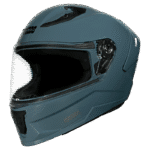


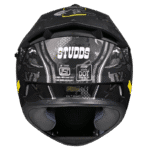

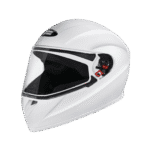


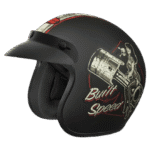
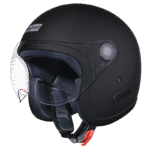
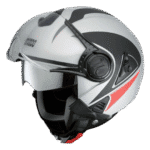




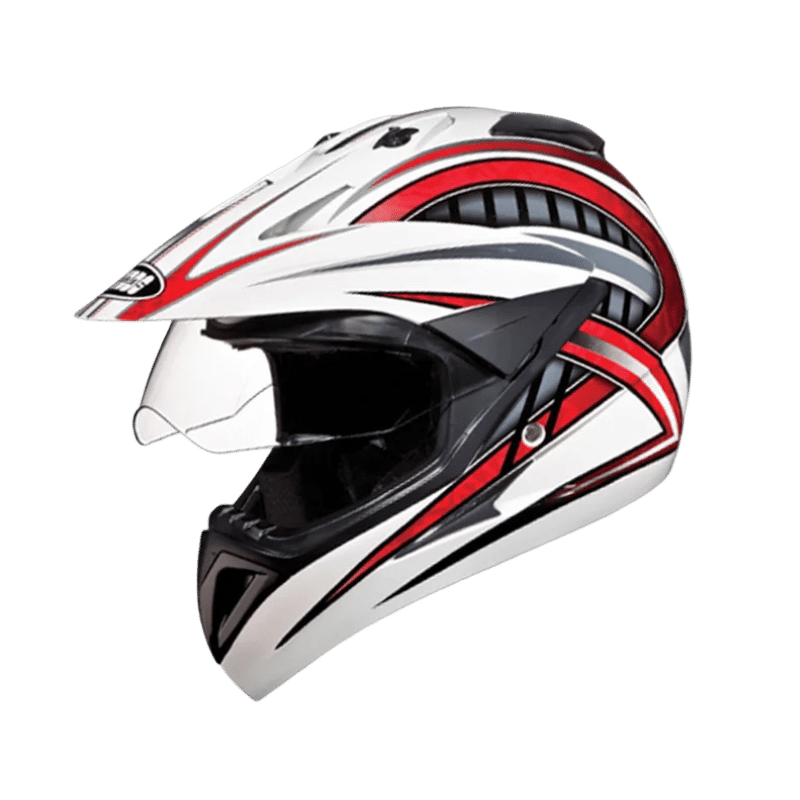


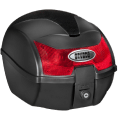


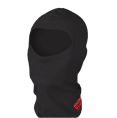

 STUDDS Accessories
STUDDS Accessories  31/01/2020
31/01/2020